In recent user surveys involving oral care devices, particularly toothbrushes and whitening tools, one recurring complaint has drawn attention: tongue irritation after repeated use. Upon deeper investigation, one subtle but critical factor stands out—cleaning residue. Whether from manufacturing, post-assembly processes, or insufficient end-product flushing, leftover surfactants or particulate contaminants may be causing discomfort in the most sensitive areas of the mouth. So, is this issue preventable? And what can manufacturers do to eliminate the risk at the source?
Cleaning residue refers to traces of chemical agents, particles, or detergent-based solutions that remain on product surfaces after manufacturing. These are often the result of:
For oral care products, especially those in direct contact with mucosal tissue (e.g. brush heads, whitening mouthpieces, tongue scrapers), even trace residue can become problematic.
The tongue contains thousands of exposed taste buds and nerve endings. It’s also in frequent motion and contact with oral care devices, making it especially susceptible to irritants. When cleaning residue remains on device surfaces:
What’s concerning is that many of these reactions occur gradually—meaning customers may not immediately associate them with the product. Company web:https://www.powsmart.com/product/electric-toothbrush/
A comprehensive defect analysis shows that cleaning residue typically stems from:
These oversights may not be detected in routine batch tests but will manifest through consumer experience—especially in export batches where climatic and regulatory conditions vary.
To avoid tongue irritation caused by cleaning residue, manufacturers must implement multi-stage controls:
For products involving silicone or TPU in contact with the tongue, baking-off volatile compounds (VOC) at high temperatures is also recommended pre-packaging.
B2B buyers now demand more than just verbal assurances. Manufacturers should:
These efforts help reduce the long-term cost of recalls and warranty claims caused by tongue irritation symptoms.
Instead of viewing residue control as a passive obligation, forward-thinking brands can market it as a trust-building feature:
In a saturated market, tongue safety and cleaning residue transparency can become a true differentiator—especially for sensitive-care or pediatric product lines.
Though easy to overlook, cleaning residue is a real and preventable cause of tongue irritation. It is not merely a hygiene issue but a product integrity challenge. B2B manufacturers that build robust, transparent cleaning validation into their production line will not only avoid user complaints but stand out as leaders in safety-focused, medically conscious device manufacturing. Contact us
.jpg)
.jpg)
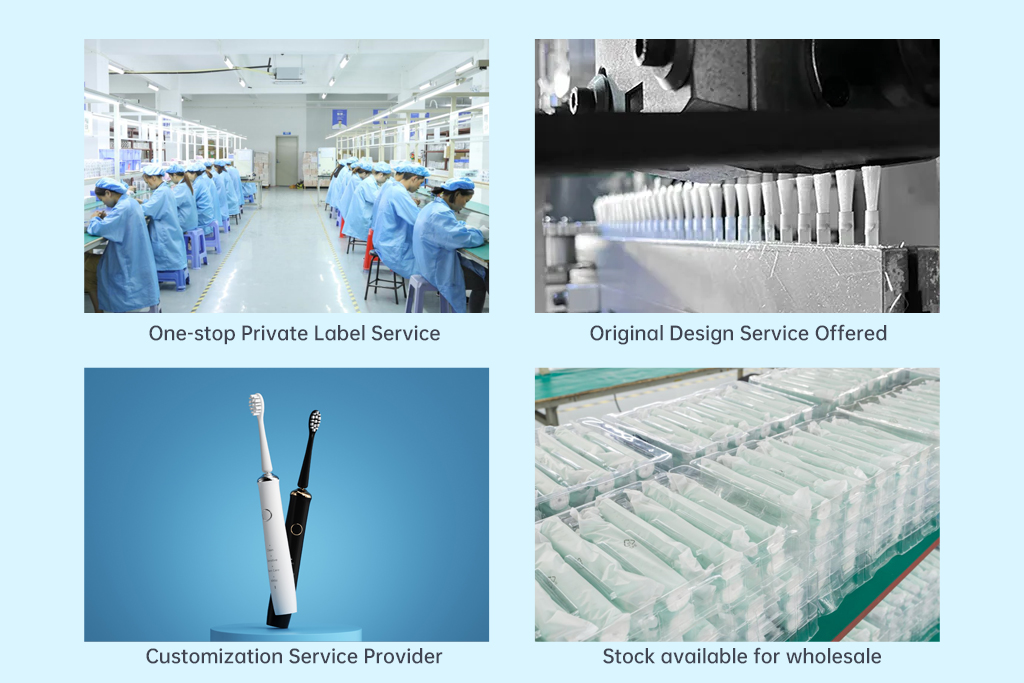
How to Create a High-Conversion Oral Irrigator Product Page
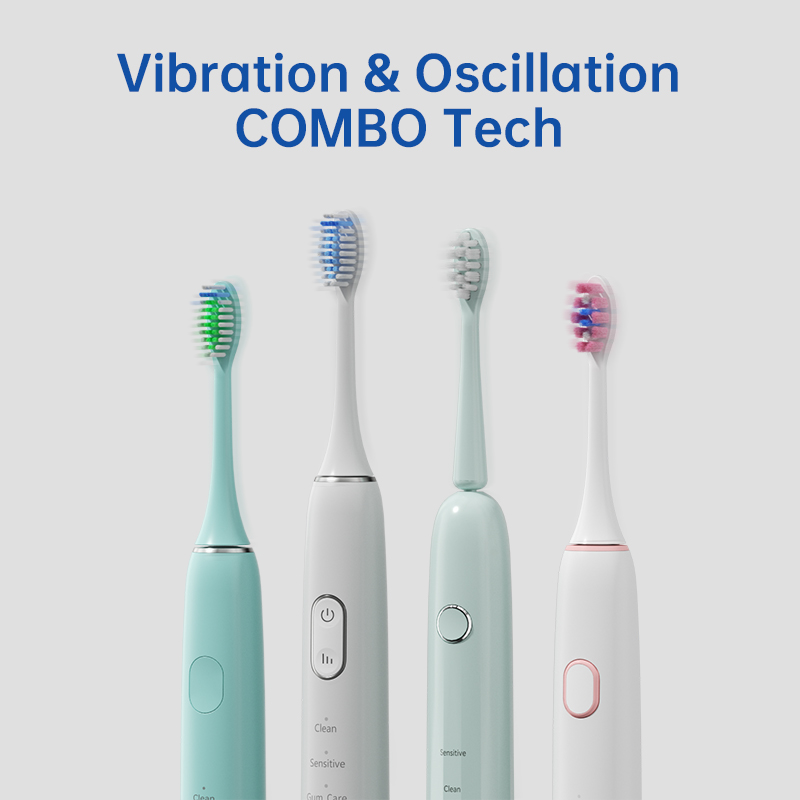
Is Your Toothbrush Manufacturer Also a Toothbrush Wholesaler?
.jpg)
How to Choose a Professional ultraviolet sterilized water flosser Manufacturer?
.jpg)
Which Electric Toothbrush is Best for Kids in Chicago?
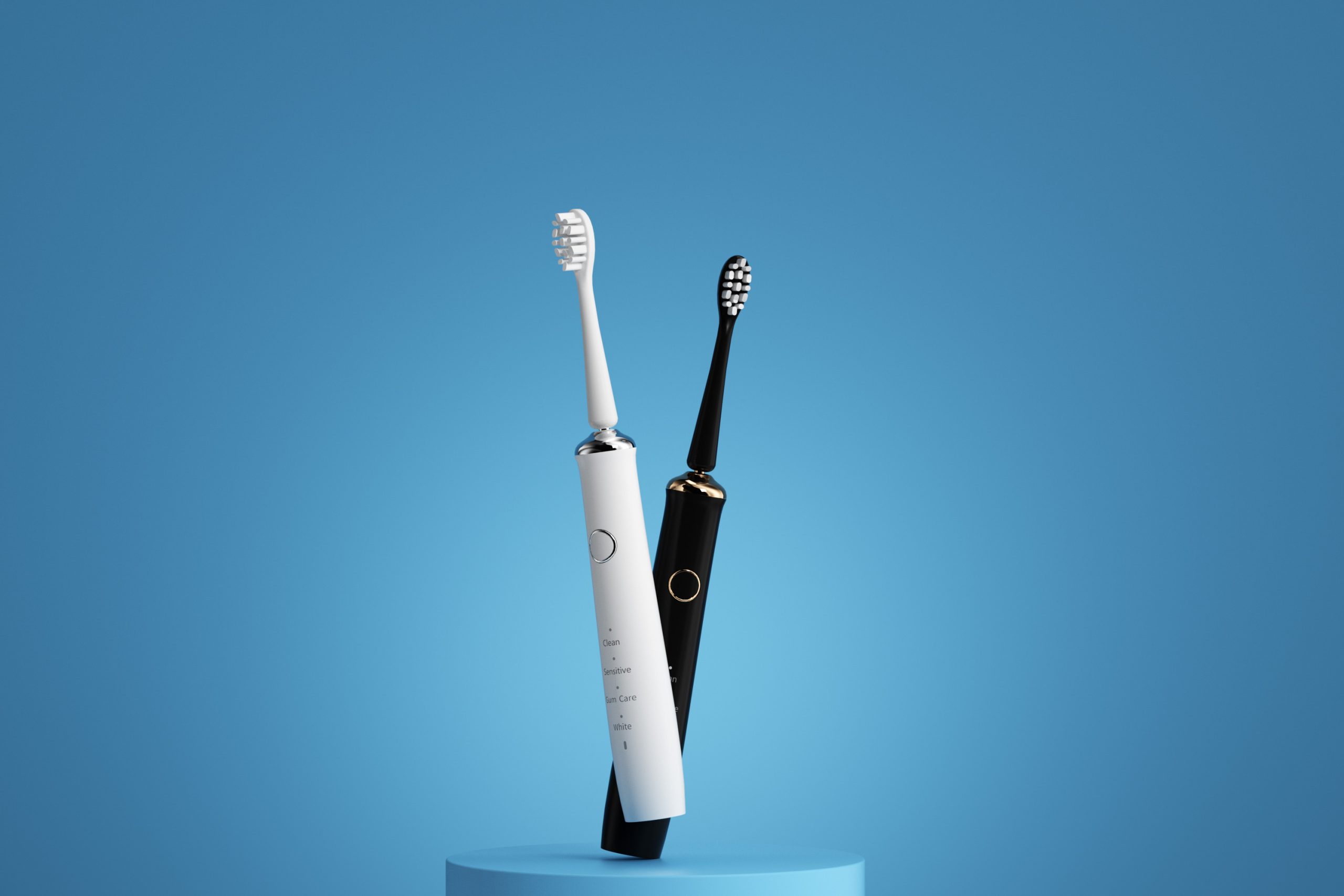
Oral Care Tips for People Under Orthodontics
.jpg)
How Boston app toothbrush tech elevates your Boston smart toothbrush routine?
Grip Fatigue with Noise Pollution – Design Flaw?

Discuss the Working Characteristics and Development Trends of Smart Electric Toothbrush Solutions
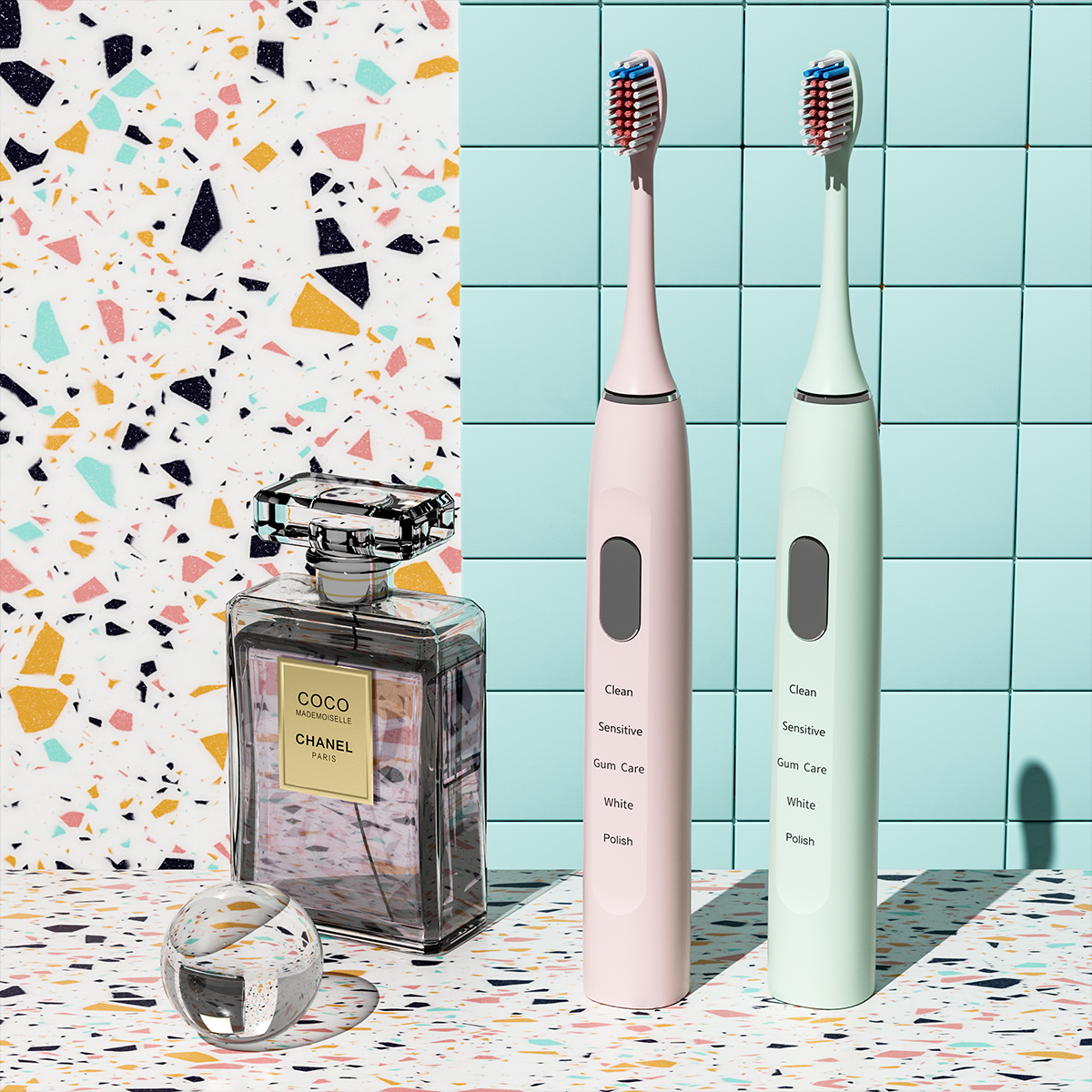
Oral Care Brand Style Trends 2026 – Connecting Aesthetics with OEM Strategy

Electric Toothbrush OEM Must-Know Question: How Much Money Can the Existing Mold Library Save?
Tongue Numbness After Hydrogen Peroxide Burns – Normal?

What Is the Difference Between Different Manufacturers of Electric Toothbrush Motors?
Corporate Holiday Toothbrush Gift Sets | Wellness Gifts for Employees
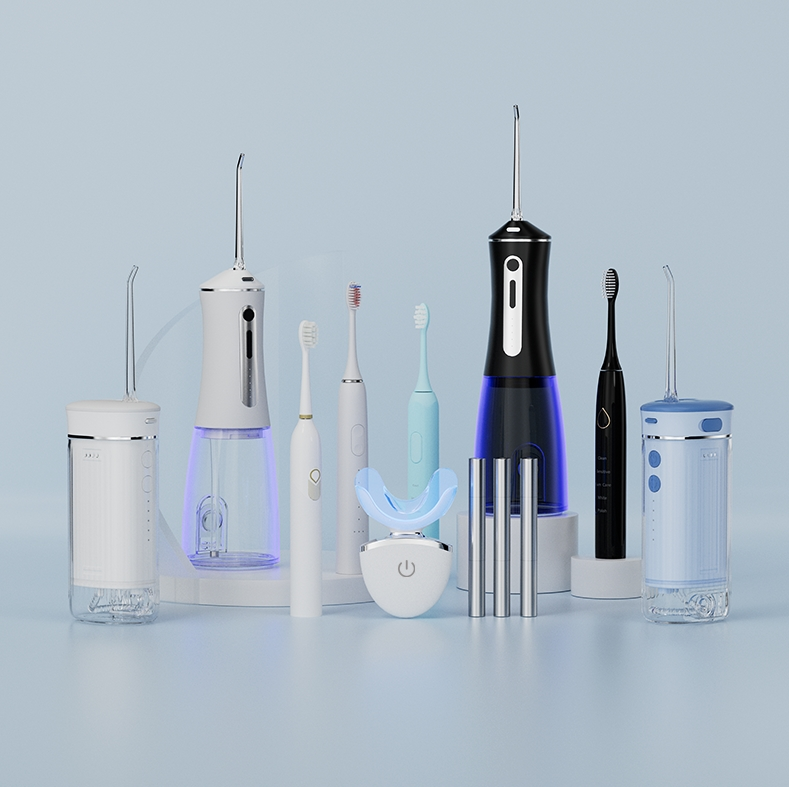
Solving the Common Issues of New Teeth Whitening Devices: Smart Countdown + How to Reduce 70% of Misoperations?

Design Considerations of OEM TSA-Friendly Travel Electric Toothbrushes

The Sterilizing Function of the Dental Flosser You’d Love to Know

electric toothbrush heads Charcoal Infuse-Round

Private Label Whitening Gel
.jpg)
Florida Electric Toothbrush – Powsmart PTR-C8

Customization Teeth Whitening Gel

electric toothbrush heads Ultra Soft

electric toothbrush heads Regular Clean

Electric toothbrush heads Charcoal Infused-Diamond

electric toothbrush heads Deep Clean
whstapp
whstapp
National Toll-Free Service Hotline
+86 755 86238638